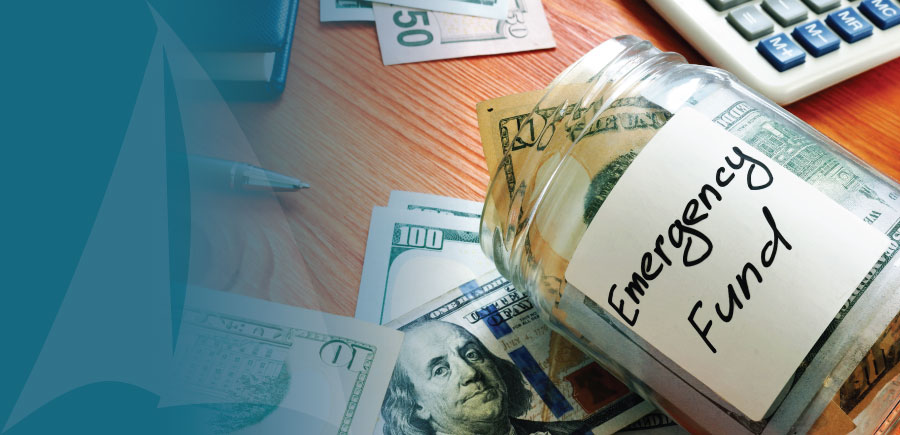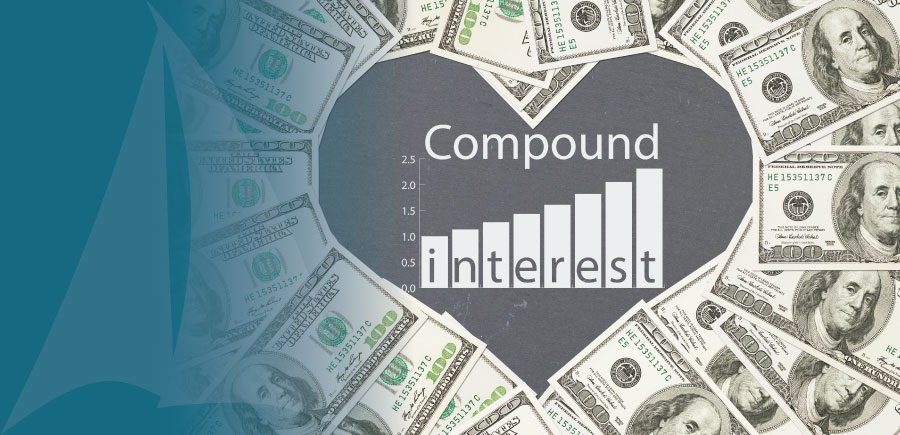not featured
2024-10-11
Savings
published
4 Minutes
Life is full of surprises—both pleasant and unexpected. While it's great when the surprises are positive, we all know that financial emergencies like medical bills, car repairs, or sudden job loss can arise.
This is where an emergency fund becomes a critical lifeline.
In this blog, we'll explore how much you should have in your emergency fund and where to keep it to ensure you're prepared when life throws the unexpected your way.
Why You Need an Emergency Fund
An emergency fund is your financial safety net. It's a reserved sum of money that you can tap into during unforeseen circumstances without having to rely on credit cards, loans, or other high interest borrowing options.
Whether it’s to cover a health crisis, home repair, or sudden unemployment, having a dedicated fund ensures that you maintain financial stability without falling into debt.
How Much Should You Have in an Emergency Fund?
The amount you should set aside depends on your personal situation, but here are some general guidelines:
1. Three to Six Months of Living Expenses
Financial experts commonly recommend saving enough to cover at least three to six months of essential living expenses. This includes your rent or mortgage, utilities, groceries, insurance, and other necessary bills.
- For a Single Earner Household: A six-month fund is ideal, given that if the single income earner loses their job, it may take longer to replace it.
- For Dual-Earner Households: A three-month fund may be sufficient since the risk of both income earners losing their jobs at the same time is lower. However, six months is still a safer target.
It's important to note that the "one-size-fits-all" approach doesn't apply to everyone. You may need more or less depending on your situation.
2. Consider Your Job Stability and Industry
If you work in a field with high job turnover or a volatile industry, consider saving closer to six months (or even more). Alternatively, if your job is relatively secure, you may opt for the lower end of the spectrum.
3. Dependents and Special Circumstances
If you have children, elderly dependents, or any ongoing medical issues, you’ll need a larger emergency fund to account for these additional risks. These circumstances can increase the likelihood of unexpected expenses, making a larger cushion essential.
4. Debt and Financial Obligations
If you're carrying high-interest debt or significant financial obligations, having a well-stocked emergency fund can prevent you from falling deeper into debt during a crisis.
Where Should You Keep Your Emergency Fund?
Now that you have an idea of how much you need, the next step is determining where to keep your emergency fund. The key is finding a balance between liquidity, safety, and earning some level of interest.
1. Savings Account
This is one of the best places to store your emergency fund. Savings accounts offer compound interest and provide easy access to your money when needed. Make sure your accounts are FDIC-insured to ensure that your money is safe.
- Pros: Immediate access to funds, ability to gain interest, no risk of loss.
- Cons: Rates may fluctuate, and returns are typically lower than investing.
2. Money Market Accounts
Money market accounts (MMAs) are similar to savings accounts but usually offer higher interest rates and come with check-writing privileges. These accounts are also FDIC-insured, making them a safe option.
- Pros: Higher interest rates than regular savings accounts, check-writing and debit card access.
- Cons: They may require a higher minimum balance and can limit the number of withdrawals per month.
LEARN MORE ABOUT MONEY MARKET ACCOUNTS
3. Certificates of Deposit (CDs)
CDs offer a fixed interest rate for a set period, often higher than savings accounts. However, they come with one major drawback—your money is locked in for a specified term and withdrawing it early can result in penalties.
- Pros: Fixed interest rate, higher returns than savings.
- Cons: Early withdrawal penalties, less flexibility.
Tip: A “CD ladder” strategy can help you keep some of your emergency fund more liquid. By splitting your fund across several CDs with staggered maturity dates, you can access part of your money periodically while earning higher interest.
Risks to be Aware of
While you're looking for the perfect place to park your emergency fund, avoid options that may seem appealing due to higher returns but lack liquidity and safety, such as:
- Stocks and Mutual Funds: These are subject to market volatility, and if you need to access your funds during a downturn, you could lose significant value.
- Cryptocurrency: Although it's gaining popularity, cryptocurrencies are highly volatile and speculative, making them a poor choice for an emergency fund.
- Long-Term CDs or Bonds: Long-term financial instruments may offer better returns, but they tie up your money for too long, limiting access when you need it most.
Building an emergency fund is one of the most important steps toward financial security. By calculating how much you need—whether it's three, six, or even more months' worth of expenses—you can ensure you're prepared for whatever life throws your way.
Keep your funds in safe liquid account like a savings account, money market account, or even short-term CDs to balance accessibility with earning potential. Avoid the temptation of riskier investments for this crucial financial safety net.
Start today, even if you can only save a little at a time. Small, consistent contributions will eventually grow into a solid emergency fund, offering you peace of mind in an unpredictable world.
Think about the eliminated stress, knowing you have a financial backup plan to handle a plethora of unfortunate circumstances, and the weight that having this fund will take from your shoulders.
By planning for the unexpected, you’ll be taking a key step in securing your financial future and reducing the panic when life’s surprises arise.
Want to start small? Try building a financial cushion for increased expenses during the colder winter months.





